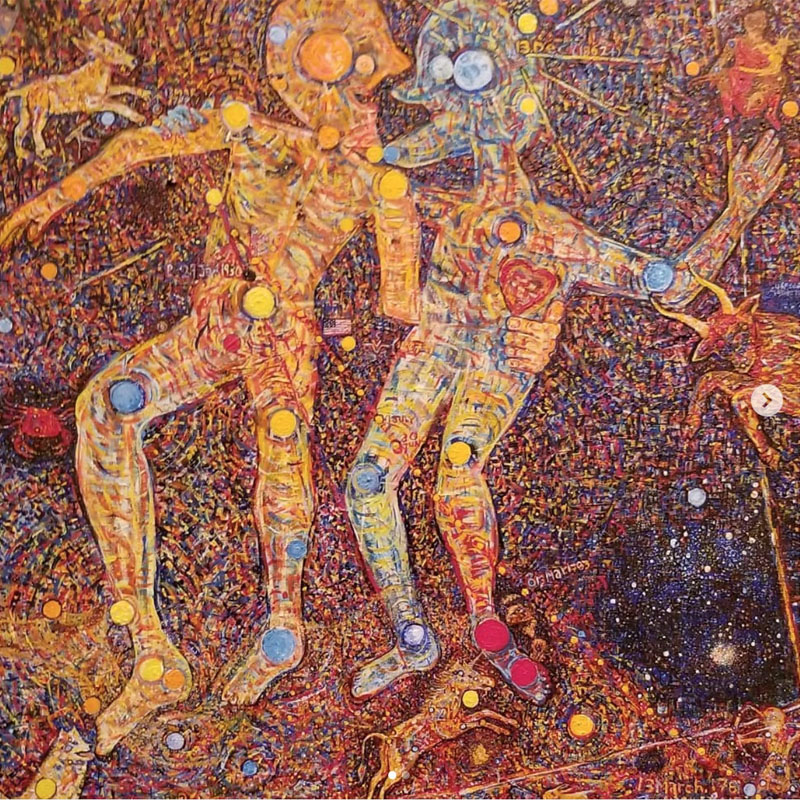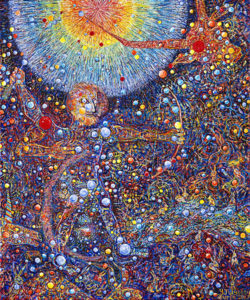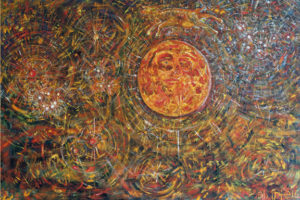“1, 2, 3, 4, 5, 6, 7, 8, 9, 2, 3, 12, 13, 14, 15, 16, 17, 18, 19, 20, 21, 22, 23, 24, 25, 26, 27, 28, 29, 30, 31, 32, 33, 34, 35, 36, 37, 38, 39, 40, 41, 42, 43, 44, 45, 46, 47, 48, 49, 50, 51, 52, 53, 54, 55, 56, 57, 58, 59, 60, 61, 62, 63, 64, 65, 66, 67, 68, 69, 70, 71, 72, 73, 74, 75, 76, 77, 78, 79, 80, 81, 82, 83, 84, 85, 86, 87, 88, 89, 90, 91, 92, 93, 94, 95, 96, 97, 98, 99, 4, 5, 102, 103, 104, 105, 106, 107, 108, 109, 6, 7, 112, 113… 996, 997, 998, 999, 8, 9, 1002, 1003, 1004, 1005, 1006, 1007, 1008, 1009, 2, 3, 1012…” –baby robot trying to count to ten, in base-10, for the first time.
Category: Uncategorized
13 March, 1781 (discovery of Uranus)

- On 13 March, 1781, while William Herschel was surveying the sky for probable double stars (which orbit each other), with his 40 foot telescope, then the largest in the world, he noted an object he could resolve to a disc, and, after some inquiry, it was established to be a planet, now known as Uranus. Interestingly, it had likely been *seen* before, over the centuries, but because it orbits so slowly (84 years) everyone thought it was a star. The scene of the discovery is the subject of this skyscape. The principal scene here is Gemini, where Uranus was that night (a handspan “up and left” from the readily-findable evening constellation Orion (also depicted here, along with the other neighboring constellations, in minature, though in celestial globe view)). Uranus is now in Pisces, and will return to this approximate location in 2033, only its third orbit since discovery.
note to self: get organized earlier in projects
I’ve made an ultimatum with myself to make my notes more sensible. I’ve been retoactively making neat, orderly diagrams.
https://www.instagram.com/p/BinTNzgHIUo/?taken-by=andrewlurie
https://www.instagram.com/p/Bg-Nr1dlDU-/
In which we discuss the superiority of eclipses on the Moon to those on Earth
https://www.instagram.com/p/BemZ5dtl2aN/
@algolwatch
hi. do you want to see a star get hundreds of times brighter or dimmer in a few hours? Algol is the “Demon Star” that disappears. Follow to know when.
https://www.instagram.com/p/BaEPVT7nSlx/
4 July, 1056
Winding down this work in progress. It celebrates one of the brightest human-seen supernovae. Over a few months, it brightened until brighter than Venus, then slowly faded. It is now known as the Crab Nebula, Messier 1. Orion is the human figure. I’ve also illustrated Lepus, the hare (Orion’s prey, illustrated as a plurality); Eridanus, the river; Monoceros, the Unicorn, Taurus, and the Bull. The Horsehead, Flame and Great Orion Nebulae are shown, as is Barnard’s Loop, part of the enormous star-forming Orion Molecular Cloud Complex, and some surprises.

Cow Jumping Over the Moon
Oil on canvas, 24×36, 2016. The familiar subject of children’s lore, at home passing through Taurus, with it’s two great clusters, the Hyades and the Pleiades. 
Contact
inquiries form. follow @andrewlurie on instagram @andrewjlurie (with a j) on twitter